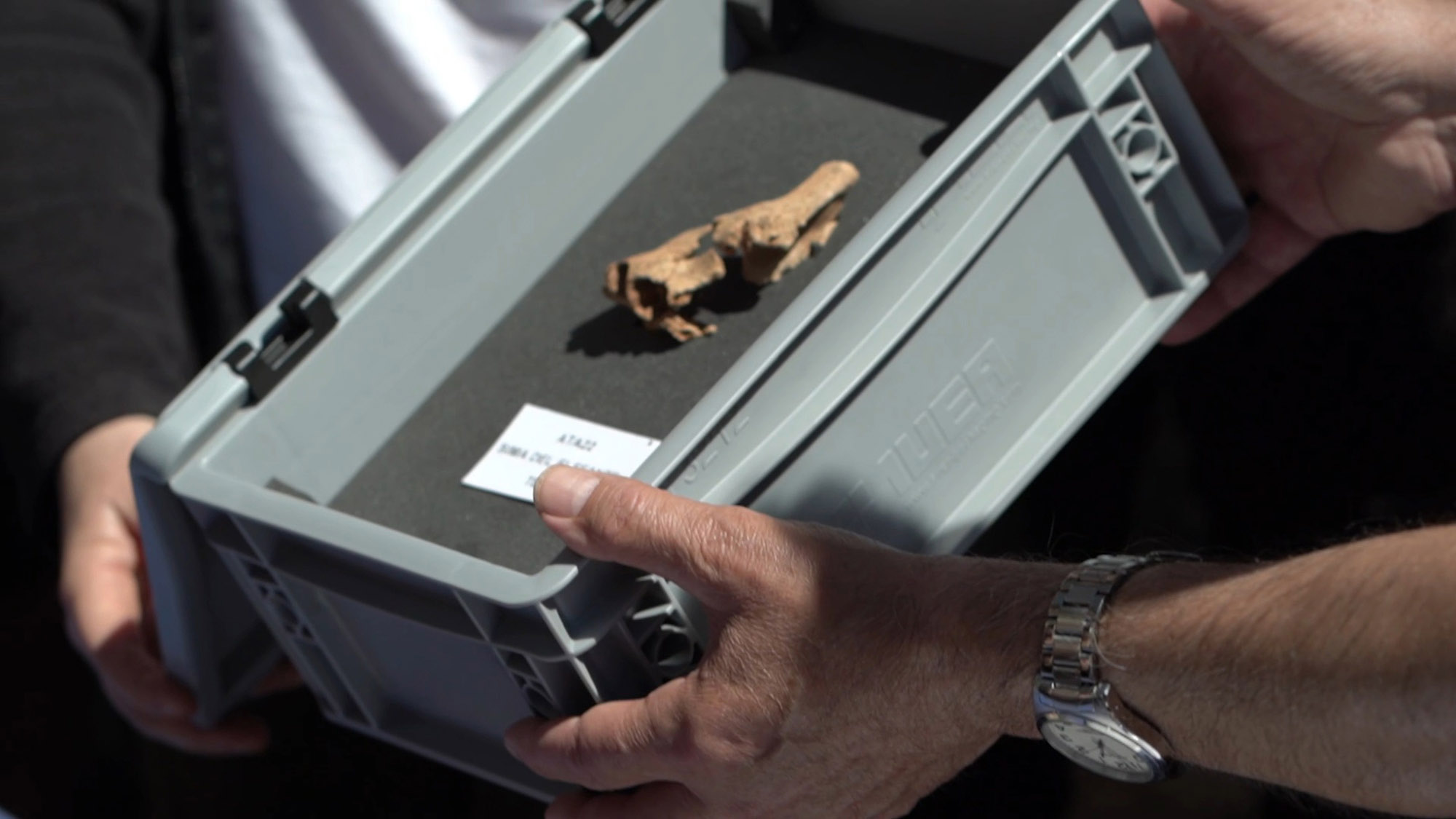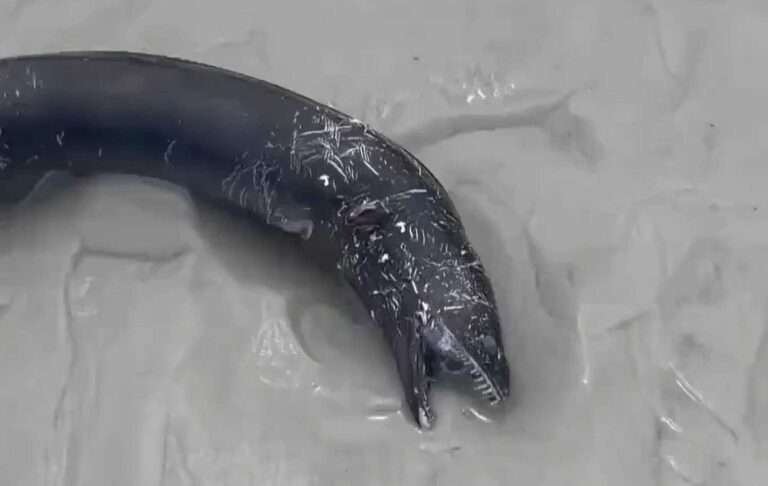Spanish archaeologists have named the oldest hominid ever found in Europe ‘Pink’ after the legendary English rock band Pink Floyd.
Remains of man’s ancient ancestor – dating back 1.4 million years – were unearthed in northern Spain earlier this year.
Now the team who discovered them – Juan Luis Arsuaga, Eudald Carbonell and Jose Maria Bermudez de Castro – have named the hominid ‘Pink’.
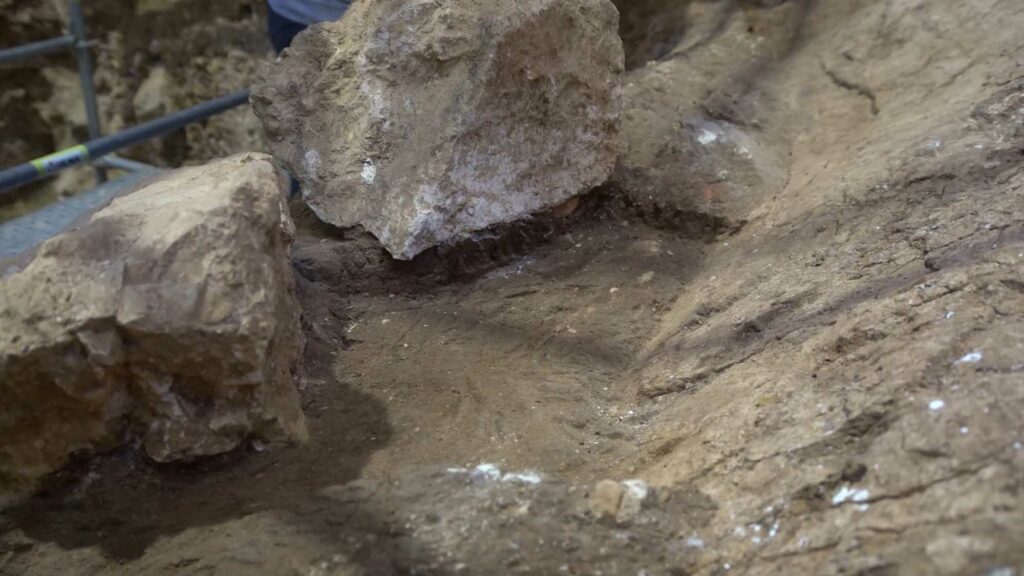
They say it is in honour of progressive rock group Pink Floyd and their classic album ‘Dark Side of the Moon’.
The found fragments make up the left part of the ancient’s face and include the maxilla, the edge of the nose, the malar bone, which forms the cheek and part of the eye socket, and dental alveoli.
The amazingly well-preserved remains were discovered at Level TE7 at the Sima del Elefante site in the Atapuerca Mountains.
Sima del Elefante – or Pit of the Elephant – has yielded the earliest human remains in western Europe.
Other important finds include fragments of archaic human Homo antecessor, such as jawbone and teeth that date to 1.2 to 0.8 million years ago.
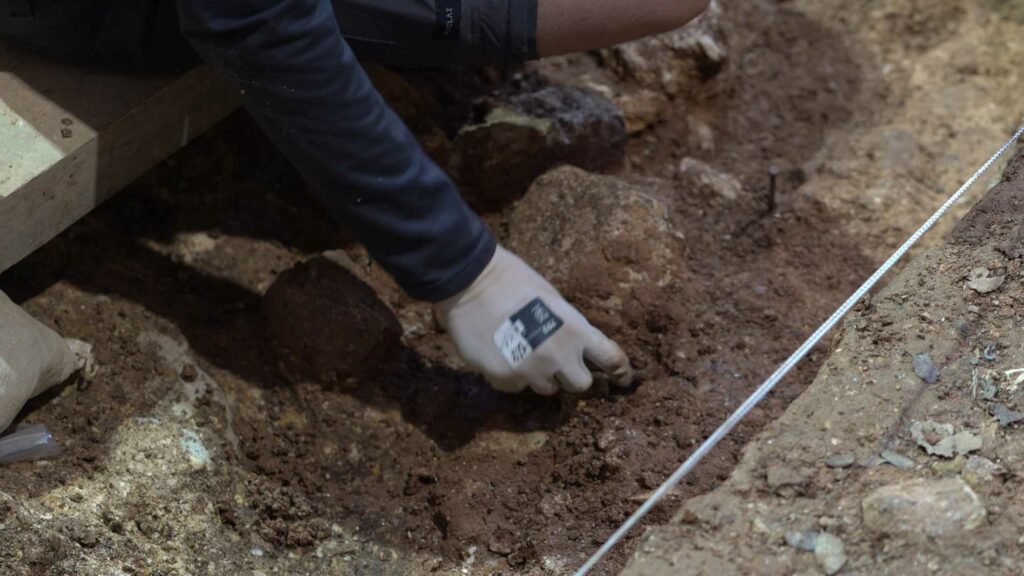
These were found in Sima del Elefante’s Gran Dolina cave in 1994, while the species itself was officially described as the last common ancestor of modern humans and Neanderthal in 1997.
The new find was detected by research team member Edgar Tellez who noticed a few bone remains covered in clay on 30th June.
The team added: “After cleaning and scrutiny by several of the team’s specialists, we can now confirm that the remains are from a human jaw.”
The find represents an important clue to understanding the evolutionary origins of early hominids outside of Africa.

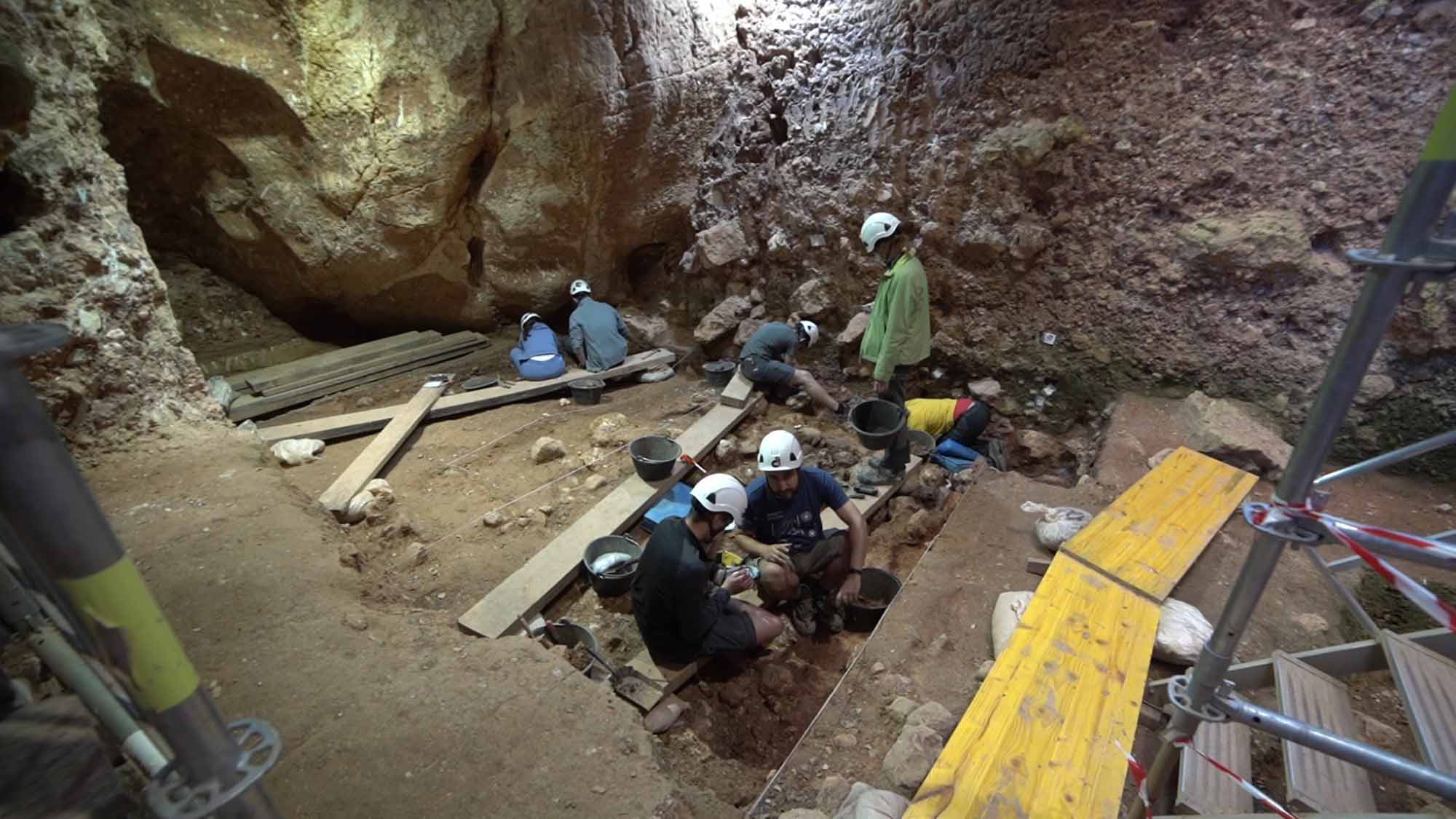
To find out more about the author, editor or agency that supplied this story – please click below.
Story By: Lee Bullen, Sub-Editor: Marija Stojkoska, Agency: Newsflash
The Ananova page is created by and dedicated to professional, independent freelance journalists. It is a place for us to showcase our work. When our news is sold to our media partners, we will include the link here.

